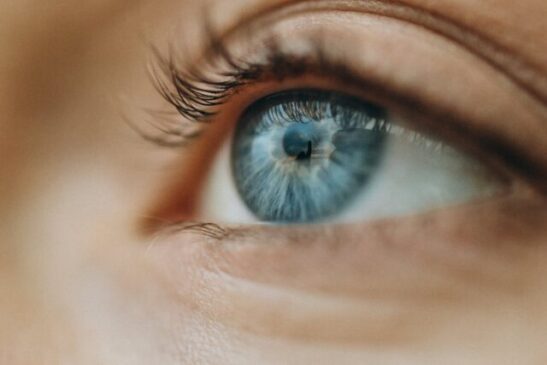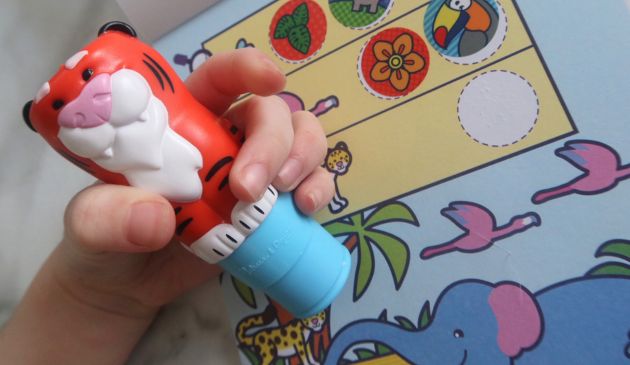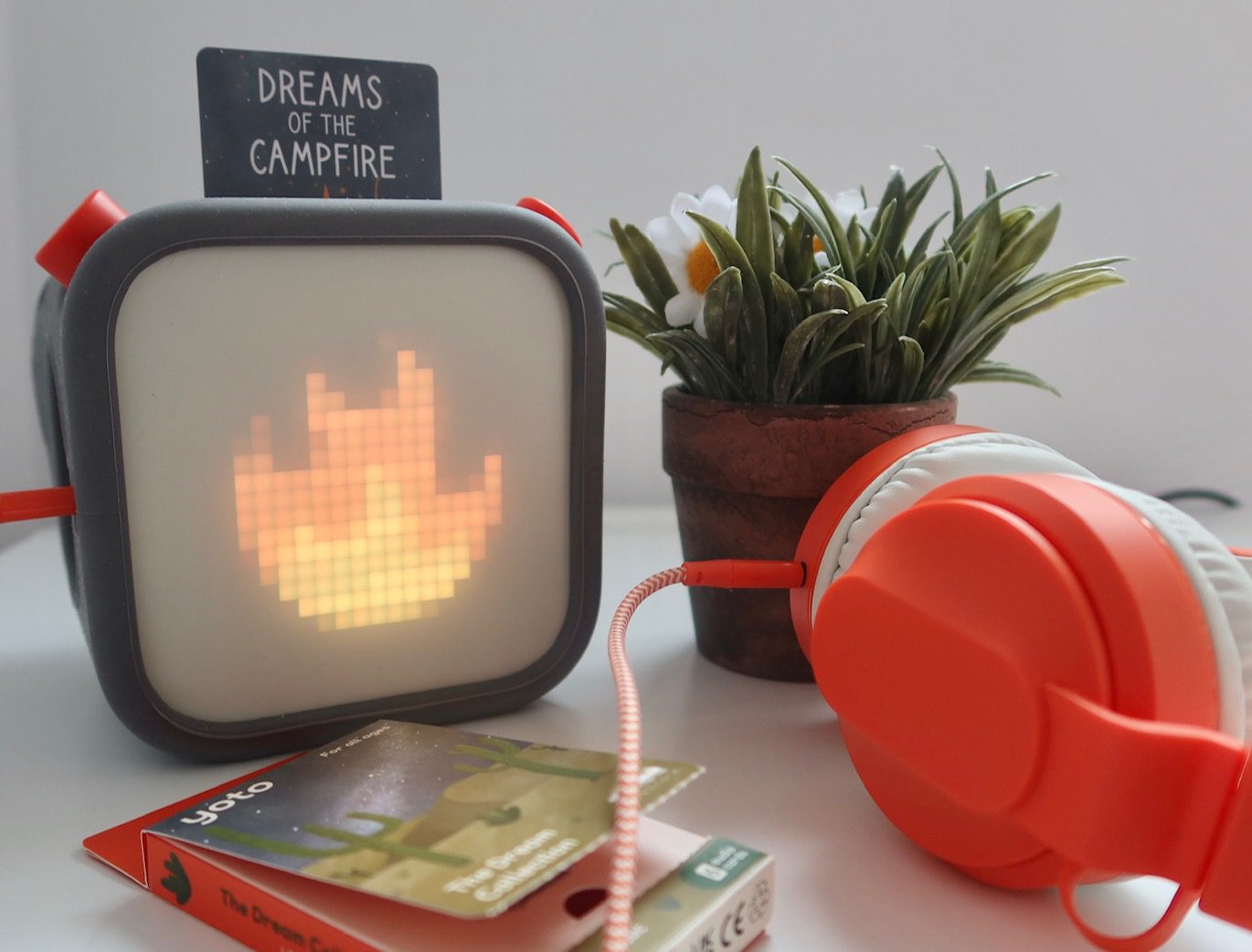
Noticing Signs of ADHD in Children

*This is a collaborative post
Are you wondering if your child may have ADHD? The condition is more common than you might assume, but the symptoms can also be mistaken for a number of other behavioural disorders. For this reason, early diagnosis is key — at this stage in your child’s life, there’s plenty that can be done to help them deal with their symptoms.
In this blog, we aim to help parents and carers improve their understanding of ADHD, how it may present differently in different children and how to support them to reach their full potential.
What is ADHD?
ADHD, or Attention Deficit Hyperactivity Disorder, is a neurodevelopmental disorder that can be present in people of all ages and backgrounds. It is a condition that affects people’s behaviour, with both children and adults with the condition likely appearing restless, hyperactive or impulsive. Some common symptoms include:
- Short attention span / being easily distracted
- Forgetfulness
- Difficulty focussing
- Fidgeting / excessive movement
- Excessive talking
- Acting impulsively
- Interrupting
Usually, ADHD is diagnosed at an early age, but in many cases, ADHD symptoms may not have been noticed or may have been misattributed as problem behaviour, leading to a delayed diagnosis. In general, children have far more noticeable symptoms of ADHD, but as the severity of the condition can vary, sometimes it can be difficult to gauge whether your child has ADHD symptoms or if they are simply displaying common childhood personality traits such as hyperactivity and impulsivity.
It’s important to note that when ADHD in children is left untreated it can lead to other difficulties such as problems with sleep, anxiety and interpersonal relationship difficulties. Understanding ADHD early can play a vital role in helping your child manage before such difficulties become apparent in their lives.
Can Toddlers Be Diagnosed with ADHD?
In short, yes, toddlers can be diagnosed with ADHD. However, since a lot of the symptoms are similar to toddler traits in general (such as a short attention span and hyperactivity) diagnosis can be fairly difficult. Usually, a toddler will not meet the criteria for an ADHD diagnosis unless symptoms persist for more than six months. In children who do not have ADHD, focus of attention develops relatively quickly as the child grows, going through various stages that allow for more complex attention skills. Simultaneously, hyperactive tendencies become less apparent as the child grows. In contrast, in children with ADHD it is common to see the child struggle with focus of attention and hyperactivity, going from early childhood and into later childhood. For this reason, you may find that a child with ADHD struggles to form and maintain relationships, as well as struggles to participate in certain activities that demand a high or complex level of focus.
If you do notice symptoms of ADHD in a toddler, then it’s not too early to get support. Even at a young age, a toddler can get a specialist evaluation of their symptoms, particularly if they are clearly demonstrating impairment in their development. If your toddler is diagnosed with ADHD, the whole family can get involved with the child’s care plan, with everyone having an important role in supporting the child with their development and teaching them helpful behaviours so that they can thrive.
Early Warning Signs of ADHD
So, what should parents and carers be looking out for if they suspect their child might have ADHD? As previously mentioned, some signs can be synonymous with common personality traits in young children, so it may not be that if you have noticed these symptoms that they are likely to have ADHD. However, it can be helpful to make yourself aware of the signs and symptoms so that you can better understand how neuro-diverse children can be.. These might include:
- Difficulty focusing
- Forgetfulness
- Hyperactivity
- Impulsivity
- Disorganisation
- Impatience
- Fidgeting
Of course, there are a number of other signs that may be apparent in your child, but in general, children with ADHD present at least one of the above relatively frequently. It’s also important to remember that children of a young age are often hyperactive, and prone to fidget – they may also have difficulty remembering certain things from school or even leaving tasks unfinished.
The line between an ADHD symptom and a typical child trait may feel blurred, but that’s okay – it is not your responsibility as a parent or carer to diagnose your child. If you are concerned, talk to others who spend time with your child and get some feedback. Teachers at school, staff at an after-school club and any child carers who see your child regularly may be able to help. If you’re still concerned after having these discussions and feel your child could benefit from an assessment, then seek professional help from a child ADHD expert. The condition is fairly common, and with professional help, you will be able to determine how to appropriately support your child.
ADHD in Boys and Girls: Is There a Difference?
There is research that shows some interesting differences between how males and females present with ADHD symptoms, particularly in childhood. Largely, the difference between male and female ADHD presentation in children has been noticed in the classroom setting. It has been noted that boys can tend to display more externalised symptoms of ADHD, including running and impulsivity which can tend to cause disruption in the classroom. It has also been noted that girls with ADHD typically show internalized symptoms such as inattentiveness, and display fewer behavioural symptoms. Due to girls displaying more internalised symptoms, their symptoms may go unnoticed in childhood and therefore it can appear as though symptoms in girls develop later in life.
At What Age Does ADHD Peak?
Again, this is something that differs between every child or adult with ADHD. in general, symptoms of ADHD are first picked up around the age of four, but this does not mean this is the ‘peak’. Symptoms of hyperactivity are typically most severe around the age of 7-8, gradually declining thereafter as the child grows and learns to manage their hyperactivity differently. Peak severity of impulsive behaviour is also at around the same age and similarly as the child grows, they begin to learn new and helpful ways of managing this. ‘Peak’ ages can also depend on the specific type of ADHD.
People rarely ‘outgrow’ ADHD, but overtime symptoms do improve. Generally speaking, children from 4 years old up to the beginning of adolescence will experience heightened symptoms. With a dedicated treatment plan and ongoing support from parents and medical professionals, children with ADHD will have the best chances of achieving their full potential.
Are There Different Types of ADHD?
As with any neurodevelopmental condition, ADHD can present differently from one individual to another. Some experience very mild symptoms whereas others find that the condition has a significant impact on their day-to-day life. Usually, ADHD symptoms can be split into three main types or characteristics:
- Inattention: trouble listening when being spoken to directly, poor concentration or struggles with moving concentration away from certain activities, easily distracted and forgetful.
- Impulsivity: engages in reckless, risky or antisocial activities without thinking about the consequences, and has difficulty waiting for their turn to talk.
- Hyperactivity: excessively fidgets, struggles to sit still and is extremely restless.
Children in particular may experience these symptoms in different ways and to different severities, so it’s useful for parents to be watchful of such behaviours, if concerned, even if they appear minor. You may find your child is showing signs of all three primary types of ADHD symptoms, perhaps some more so than others. Whatever they seem to be experiencing, patience and ongoing support is key to help your child manage triggers better.
The Importance of Diagnosing ADHD
To give your child the best possible chance of reaching their full potential with ADHD,, early diagnosis and appropriate support is key. Once your child has had a specialist assessment for ADHD, you can receive guidance on how to provide the most valuable support and mitigate the potential for difficulties in later life.
Caring for a child with ADHD can be challenging, but an early diagnosis can be hugely supportive for both the carers and the child.. When parents and carers understand their child’s ADHD presentation, they can make the first key steps to supporting the child to manage their ADHD more effectively.
It is important to note that when ADHD remains undiagnosed until adulthood, the individual will have likely had many experiences that will have led to developing various difficulties such as low self-esteem, anxiety and addiction. Although many adults who have a diagnosis later in their life report that they feel relieved (as their life experiences make more sense when framed in the context of an ADHD diagnosis), they can often continue to struggle with the difficulties that have developed from undiagnosed ADHD, for which therapy and coaching could be a huge help. Therefore, it is vital that if parents or carers suspect ADHD, they speak to a specialist and seek support as soon as possible.
How Do I Get My Child Treated for ADHD?
If after reading this you feel you are fairly certain that your child is showing signs of ADHD, it is recommended that you seek professional guidance. At Psymplicity Healthcare, you can arrange for your child to have anADHD assessment whereby a specialist will sit with you and your family and discuss a detailed care plan with you.
About the Author: Mavish Sikander is a BABCP Accredited Cognitive Behavioural and EMDR Therapist with years’ experience helping clients battle anxiety, depression, phobias and low self-esteem. Mavish’s innate compassion and empathy led her to a career in psychotherapy. She now practices with Psymplicity, a boutique Harley Street psychiatry clinic.

















































